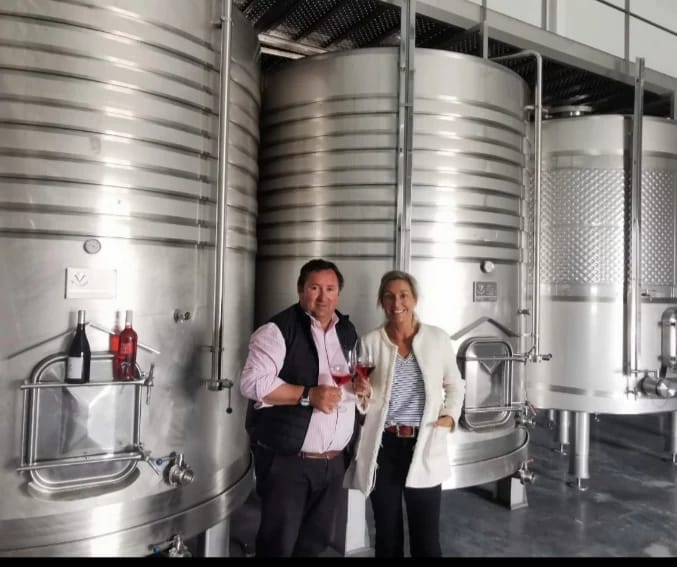Our tasting impressions
A more than worthy successor to the fabulous 2015, the 2018 is similar but not as structured. It has an admirable elegance at this stage. Don't take that to mean that it isn't tannic, but they are smooth. There's also plenty of oak to integrate, as you'd expect at this point. We may struggle not to pull too many of these corks too soon, given how well it's drinking. But, there's little doubt that it will age gracefully for decades. Maria and Carlos continue to demonstrate that this land of Rosé is capable of producing world-class Tempranillo reds.
About this wine
Introduced in 1998, Traslanzas is 100% Tempranillo, named for its very special single vineyard planted more than 75 years ago. The vineyard is located at an altitude of almost 800 meters facing southeast, cradled between two hills. The soil is clay and limestone with lots of boulders, which reflect the sun toward the lower part of the vines. This type of soil allows accumulation of calories during the day, releasing them at night, helping to ripen the grapes. There is not much rain (particularly pre-harvest), so the roots must reach deep into the earth for moisture. This combined with the low production from the old vines results in complex fruit.
Harvesting is by hand and the grapes are de-stemmed for the crush. After vinification and a three week maceration, the wine undergoes malolactic fermentation in 300L new French Allier and American (Pennsylvania) oak barrels with very light toast. It stays in the barrels for about 16 months. Bottled January-February without stabilizers, fining or filtration. Production was 8,500 bottles.
About the grape
Tempranillo is the most prominent grape of Spain and the third most planted in the world. Its name means "early little one" because of its tendency to ripen earlier than its frequent partner, Garnacha. It originated in the Iberian Peninsula, probably around the 9th Century. The grapes are dark, thick-skinned, low to moderately acidic and have smooth tannins.
María's view of the vintage
It was a cold winter, as was the spring, and rainy too. The wet weather continued until the end of June. Summer was less hot than has become typical. September brought high temperatures that produced optimal maturation. The harvest was over a longer period of time than usual. The wines are progressing nicely.
On your table
Grilled paprika spiced chicken and a leafy green vegetable meld nicely with this young wine. Serve at cool cellar temperature in a large glass with an upright bowl.
The Denominación of Cigales is best known for producing terrific Rosado wines. But some incredibly talented people had a vision that the Tempranillo (or Tinta del País, as its known in Cigales) from this area in Castilla y León, just north of Madrid, could produce red wines of class and distinction.
María Pinacho and Carlos Gonzalez own vines planted in 1945 by her grandfather, and a 14th Century cellar that is truly lost in time. The soil dates to the Miocene Epoch with deposits from the Tertiary Era. This combines with the influence from the Atlantic Ocean and wildly divergent climate conditions to engender unique terroir.
They produced the first vintage of Traslanzas in 1998. There has not been time or need to look back. Vineyards were added - for a total now of 30 hectares - planted to 90% Tempranillo (the rest are Albio & Garnacha which are used for their other brands Pinacho and Remolón). Annual production is 80,000 - 100,000 bottles.
These are warm, generous and deeply dedicated winemakers who have defined a new and exciting genre for Spanish wine.
